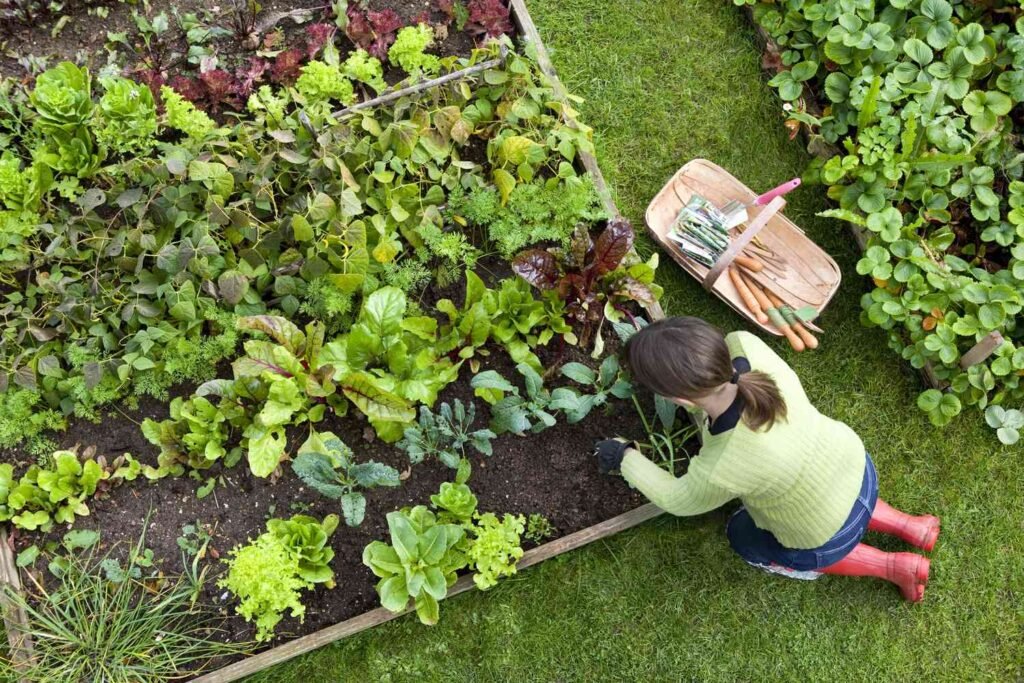How to Create an Edible Plant Garden
Creating an edible plant garden allows you to harvest fresh produce right from your backyard or balcony, promoting sustainability and healthy eating. Here’s how to start and maintain your own fruitful garden of edible plants.
Planning Your Edible Plant Garden
Begin by planning your garden layout and selecting suitable plants based on your climate, available space, and sunlight exposure. Consider the types of vegetables, herbs, fruits, and edible flowers you want to grow. Group plants with similar water and sunlight requirements together to optimize growing conditions and maximize yields in your edible plant garden.
Choosing the Right Location and Soil Preparation
Select a sunny spot with well-draining soil for your edible plant garden. Conduct a soil test to assess nutrient levels and pH, amending the soil with compost or organic matter as needed to improve fertility and texture. Raised beds or container gardening are viable options for urban or limited space environments, ensuring adequate drainage and easier maintenance.

Selecting Edible Plants for Your Garden
Choose a variety of edible plants suited to your growing conditions and culinary preferences. Popular vegetables like tomatoes, peppers, lettuce, and carrots thrive in garden beds or containers. Herbs such as basil, rosemary, mint, and parsley are essential for flavoring dishes and enhancing garden biodiversity. Include fruits like strawberries, blueberries, or dwarf fruit trees if space permits, ensuring they receive sufficient sunlight and care.
Planting and Maintenance Tips
Plant edible plants according to spacing recommendations on seed packets or plant labels, providing adequate room for growth and airflow. Water plants consistently to maintain soil moisture, especially during dry periods, and mulch around plants to suppress weeds and retain moisture. Regularly monitor for pests and diseases, practicing organic pest control methods as needed to protect your edible plant garden.
Harvesting and Enjoying Your Edible Garden
Monitor plant growth and harvest fruits, vegetables, herbs, and flowers at peak ripeness for best flavor and nutritional value. Engage in regular harvesting to encourage continued production throughout the growing season. Explore culinary creativity by incorporating fresh garden produce into meals, preserving surplus harvests through canning, freezing, or drying, and sharing your bounty with family and friends.
Seasonal Care and Crop Rotation
Practice crop rotation in your edible plant garden to optimize soil health and minimize pest and disease buildup. Rotate plant families annually to prevent nutrient depletion and maintain garden productivity. During colder months, consider planting cool-season crops like spinach, kale, or radishes, or utilize protective covers and cold frames to extend the growing season for year-round harvests.
Sustainable Practices and Composting
Embrace sustainable gardening practices by composting kitchen scraps and garden waste to enrich soil fertility naturally. Use organic fertilizers sparingly and incorporate companion planting techniques to deter pests and attract beneficial insects. Implement water-efficient irrigation methods such as drip irrigation or rainwater harvesting to conserve water resources and promote eco-friendly gardening practices.
Conclusion
Creating an edible plant garden offers numerous benefits, from harvesting fresh produce to promoting sustainability and enhancing culinary experiences. By planning your garden layout, choosing suitable plants, preparing the soil, maintaining plant health, harvesting crops, practicing seasonal care, and embracing sustainable gardening practices, you can cultivate a thriving and productive edible garden. Enjoy the rewards of homegrown food while contributing to a healthier lifestyle and reducing your ecological footprint.



